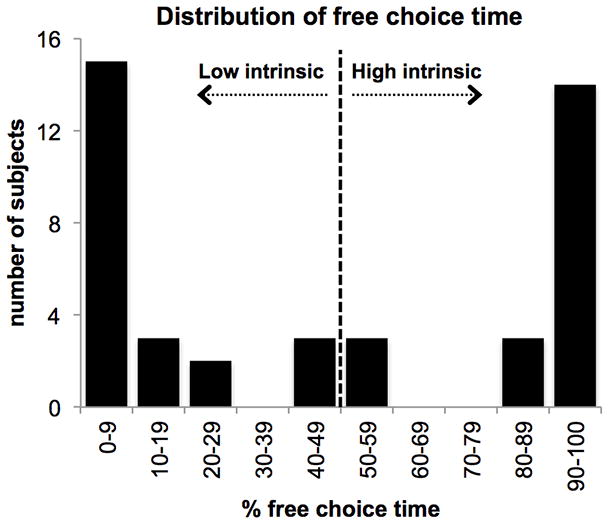Figure 2. Distribution of participants’ intrinsic motivation to complete remote associates word problems (N = 43).

Each participant’s intrinsic motivation to complete word problems was quantified as the percentage of the total free-choice period spent on the problems. Participants exhibited a bimodal distribution of free-choice time. For categorical analyses, those who spent at least 50% of the free-choice period completing word problems were defined as intrinsically motivated (“High Intrinsic”), and those who spent less than 50% of the free-choice period completing puzzles were considered low in intrinsic motivation to complete word problems (“Low Intrinsic”).
